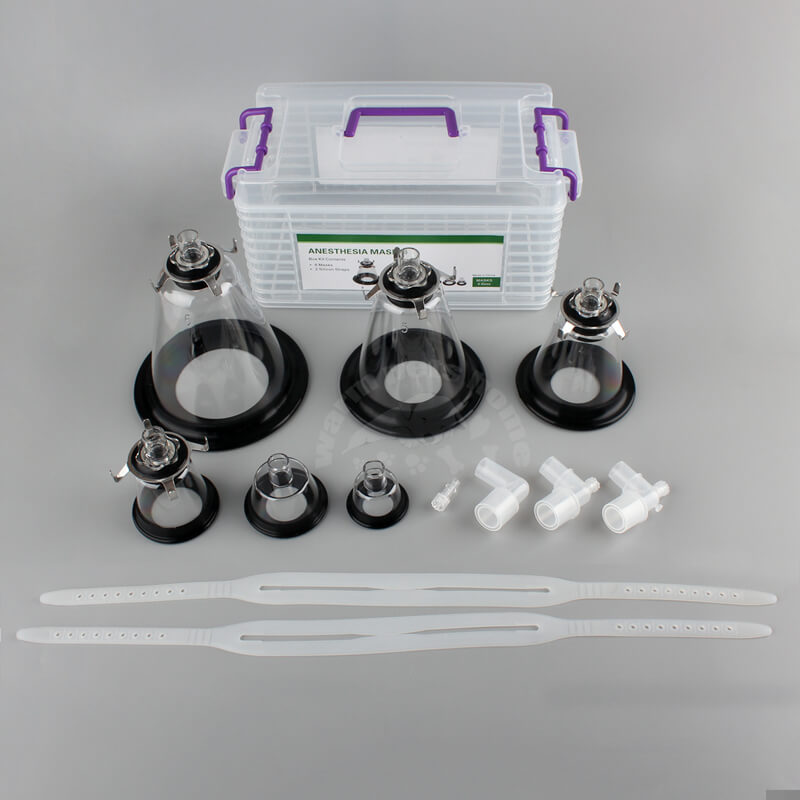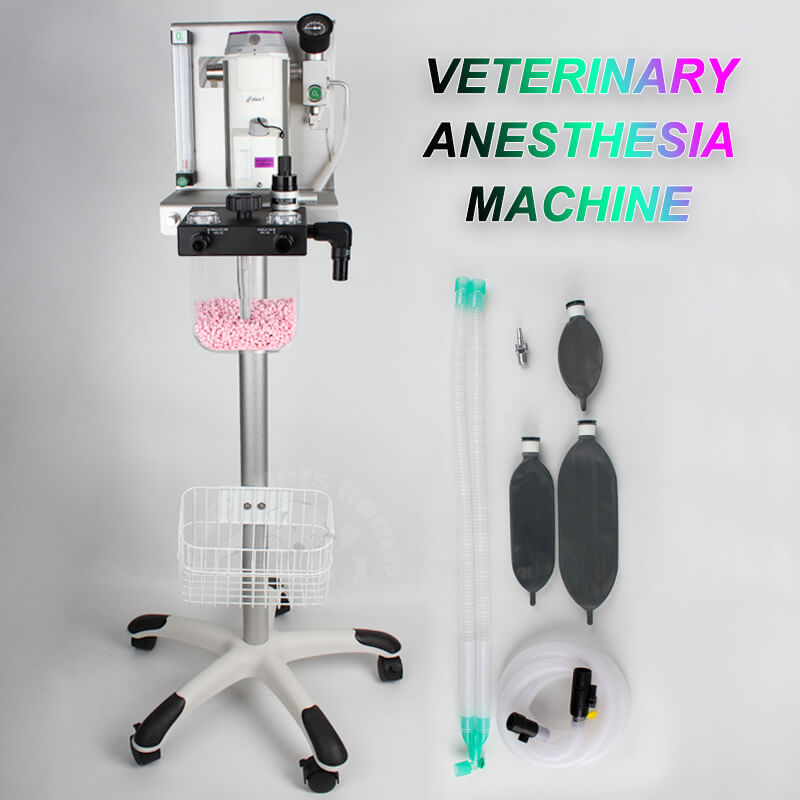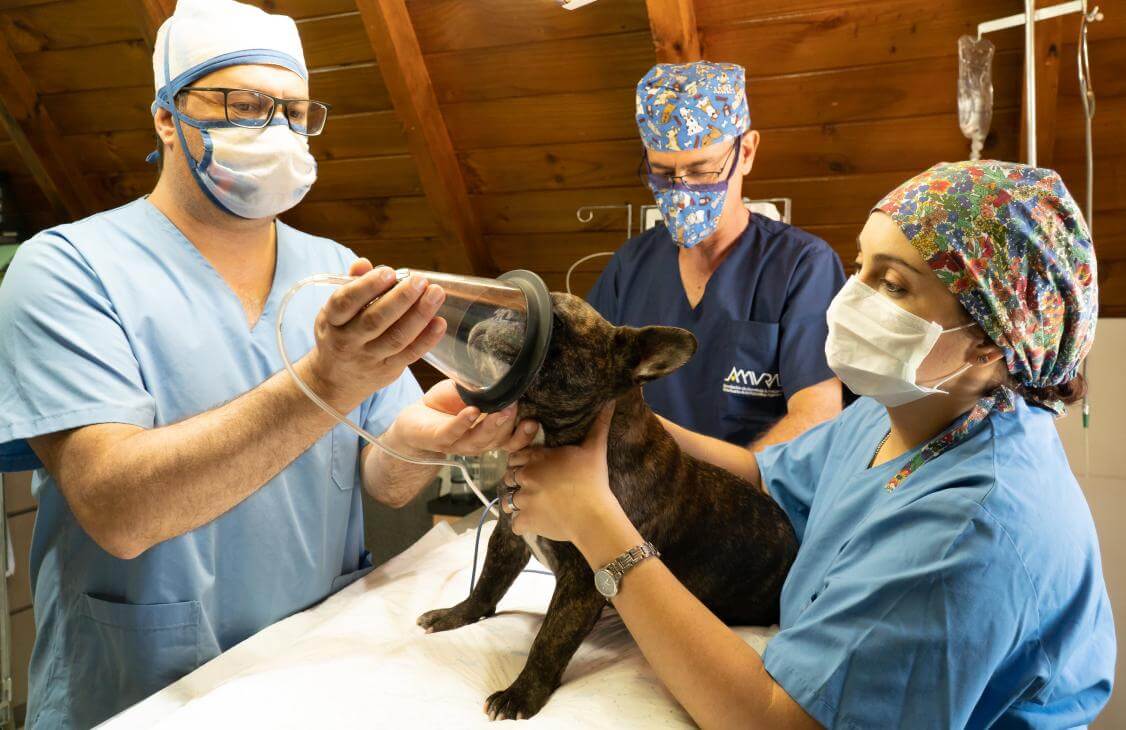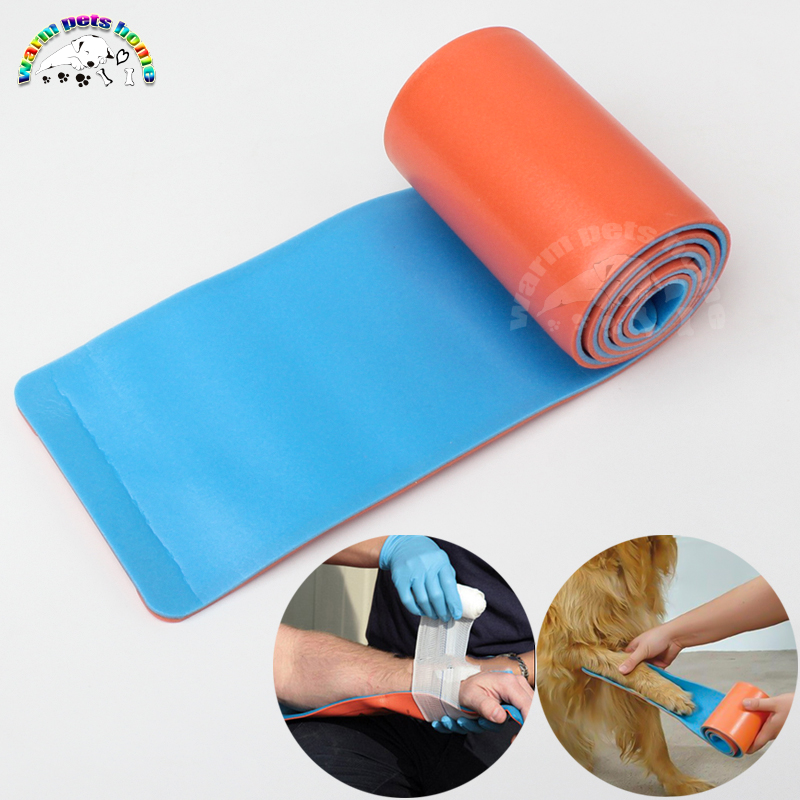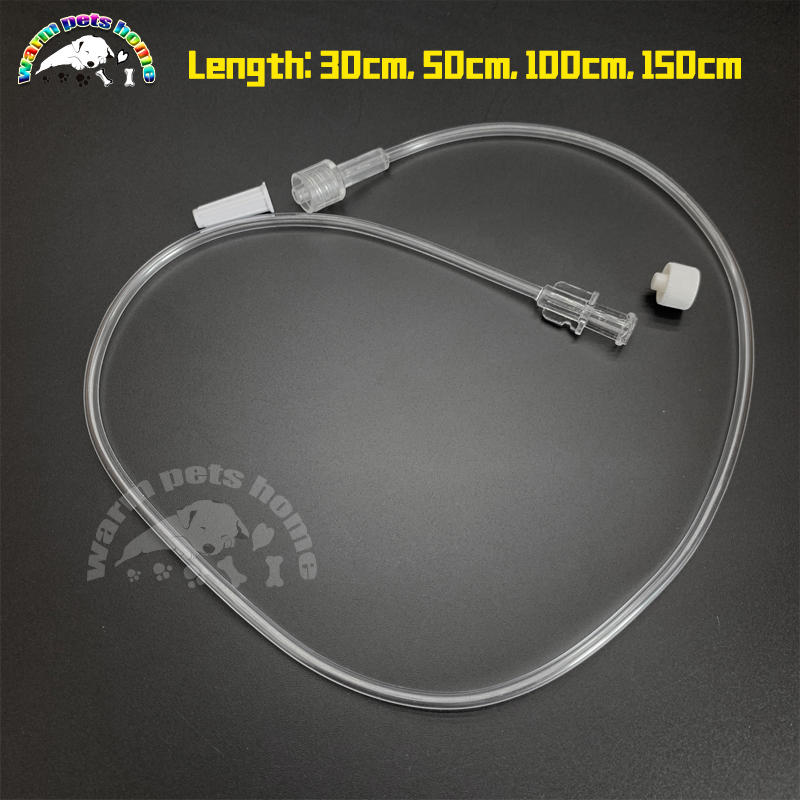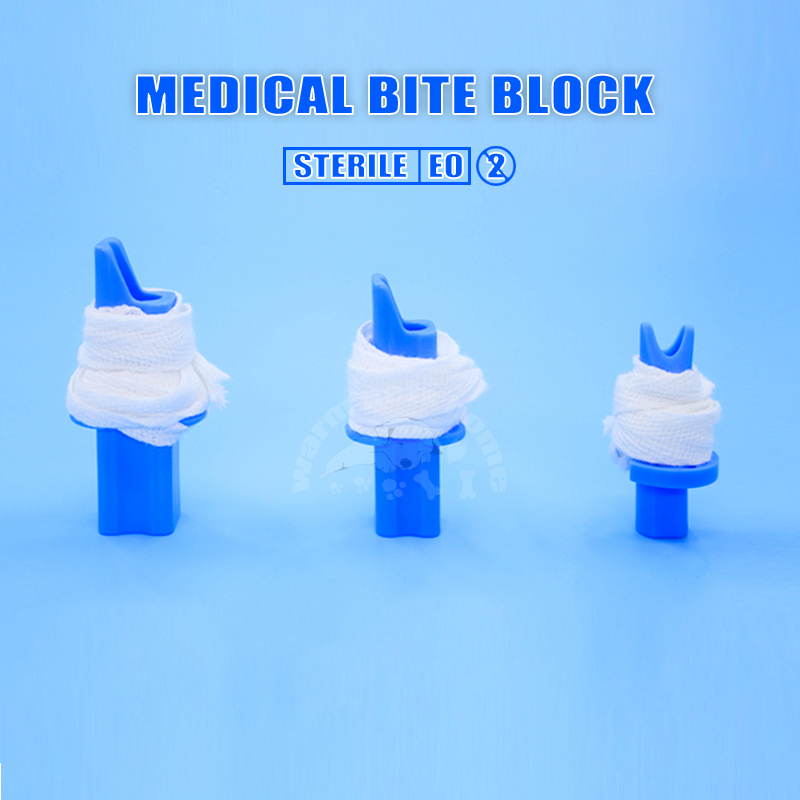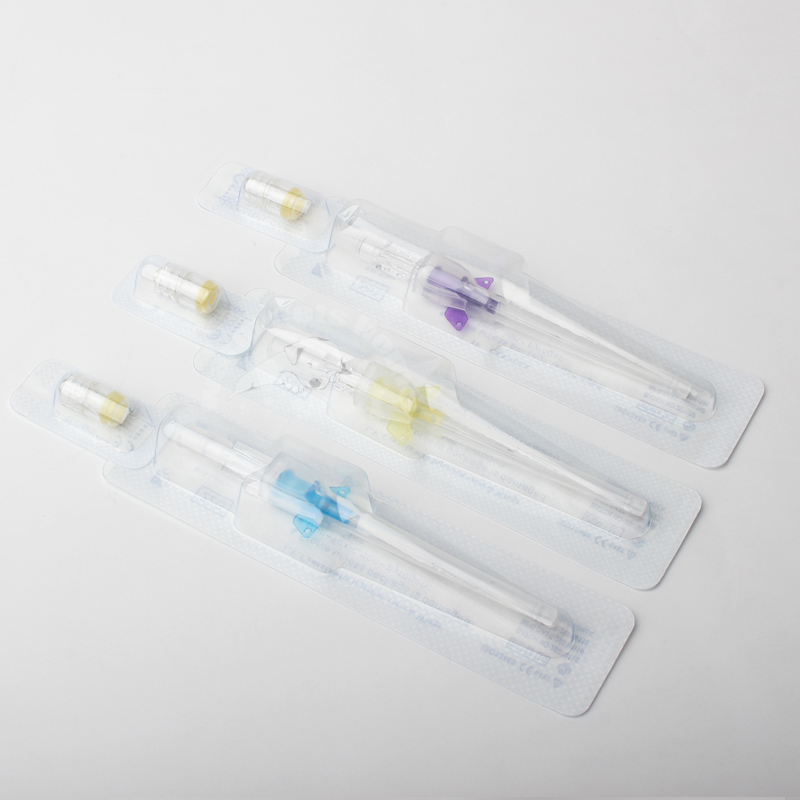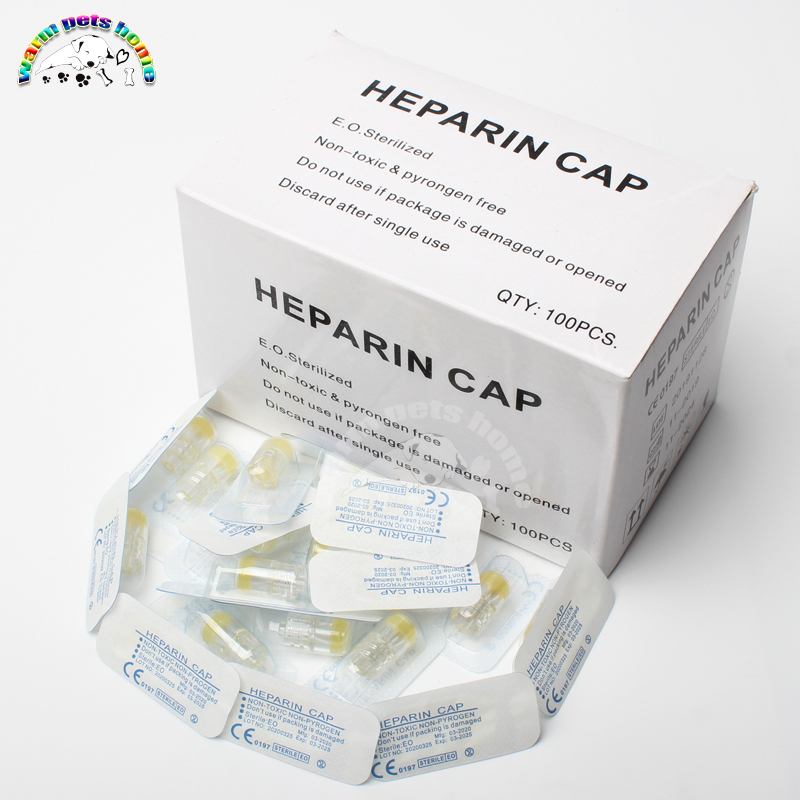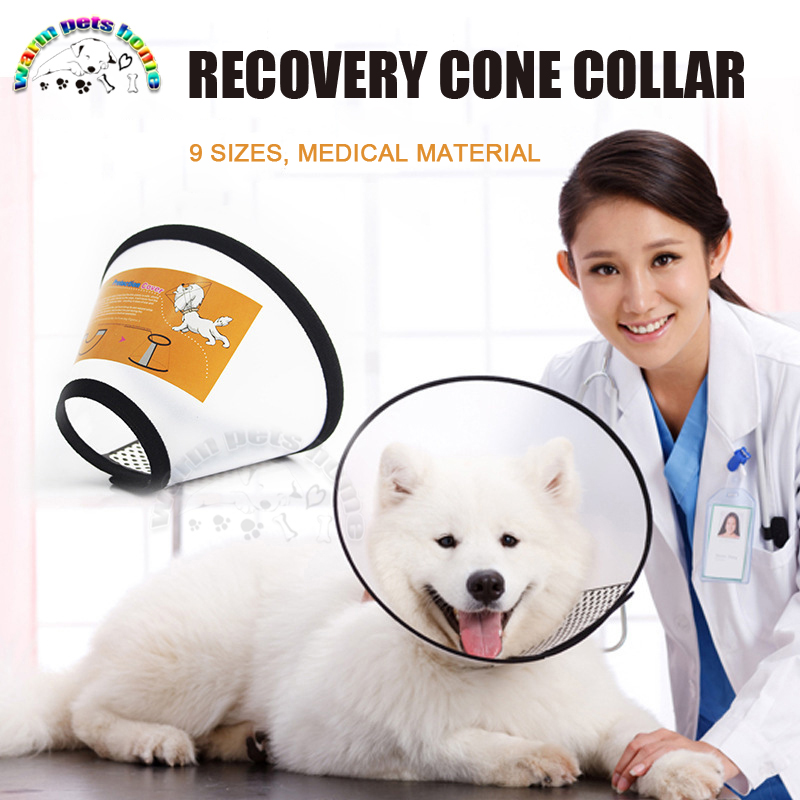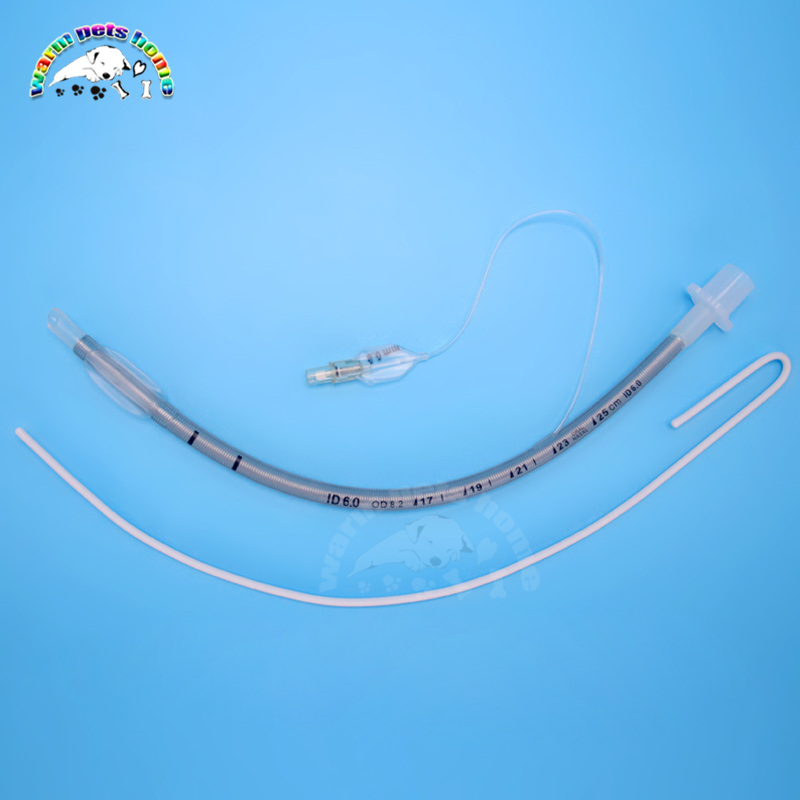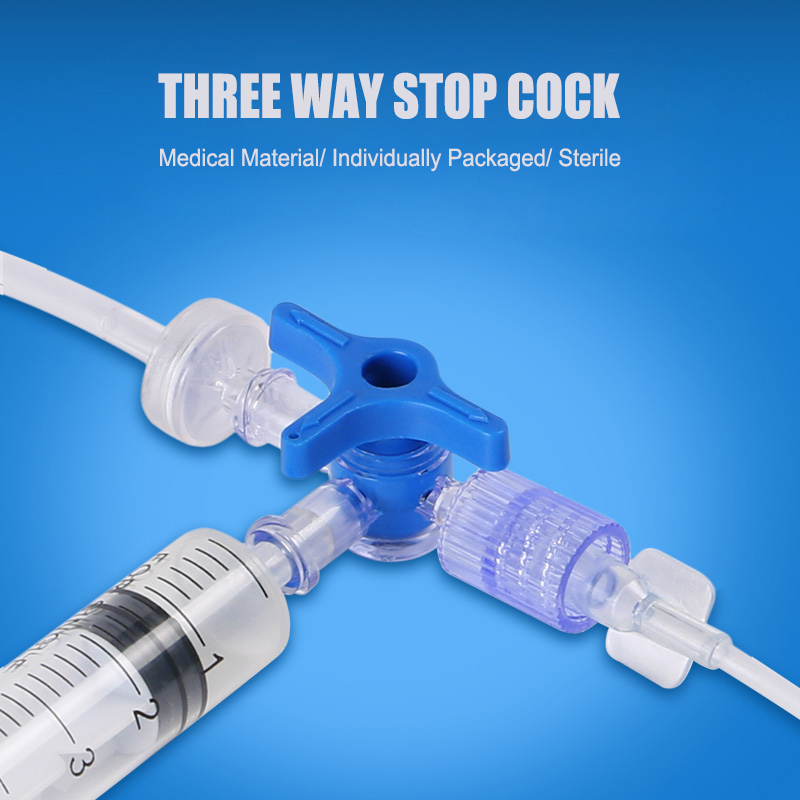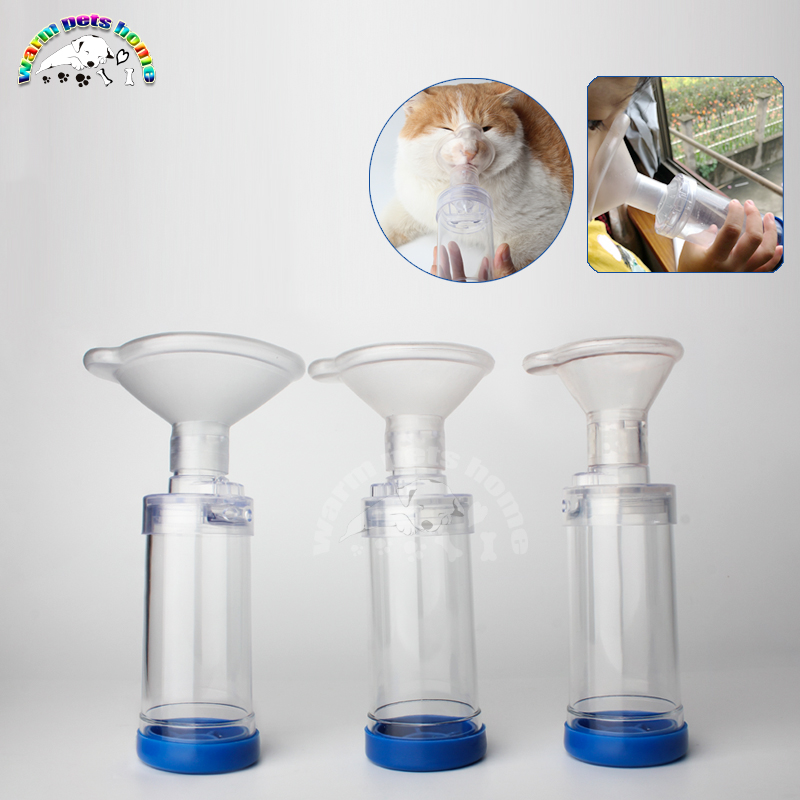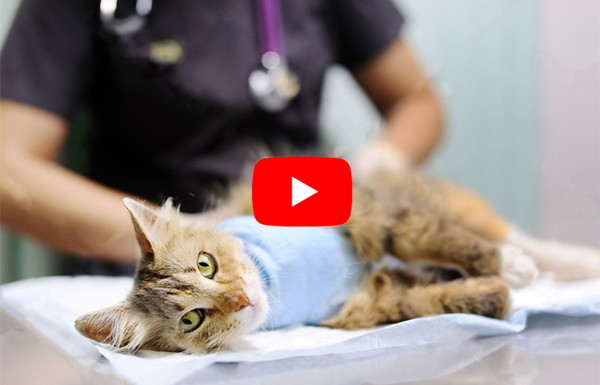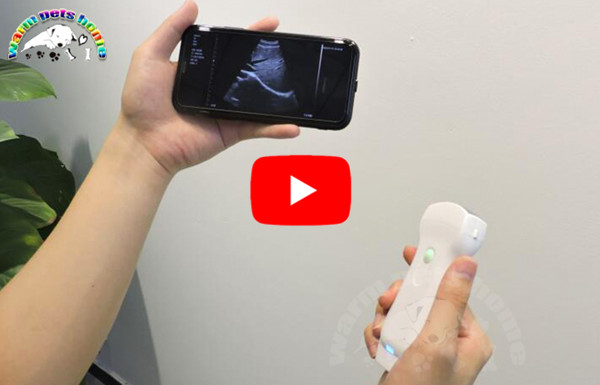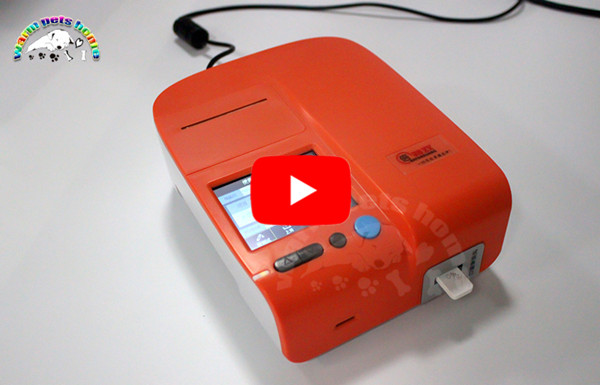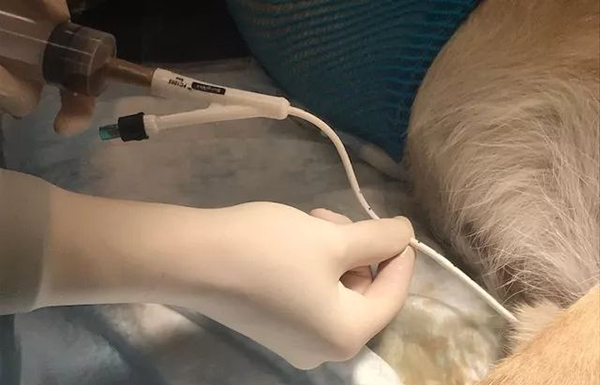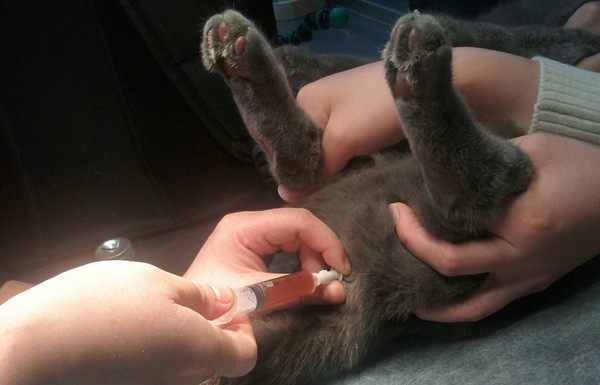Warm Pets Home Focus on Pet Healthy Life!
Warm pets home is a veterinary medical product company full of vitality and passion. At present, it mainly produces and sells all kinds of veterinary medical devices and medical consumables with novel styles, advanced technology and reliable quality. Its mission is to enable animals to use more comfortable medical equipment when they are sick, ensure their life safety, and enable animals to recover better and faster.
-
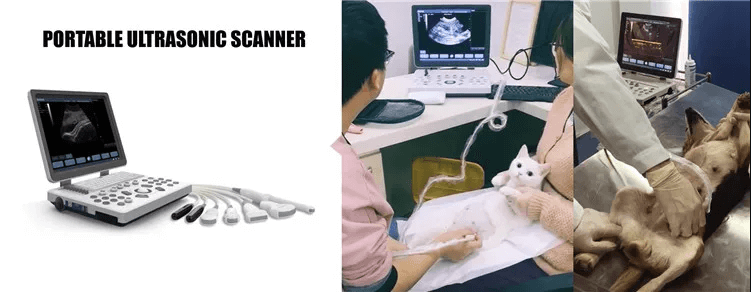 Read More >
Read More >Veterinary Hospital Equipment
-
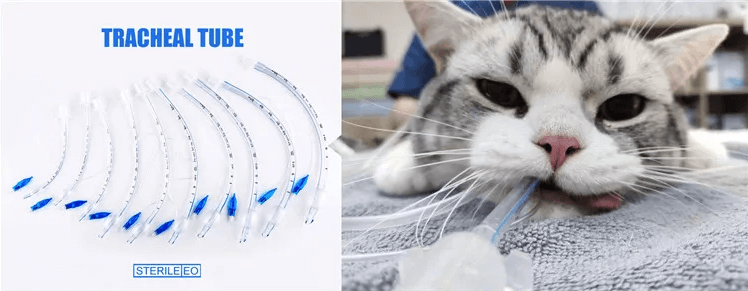 Read More >
Read More >Veterinary Medical Consumables
-
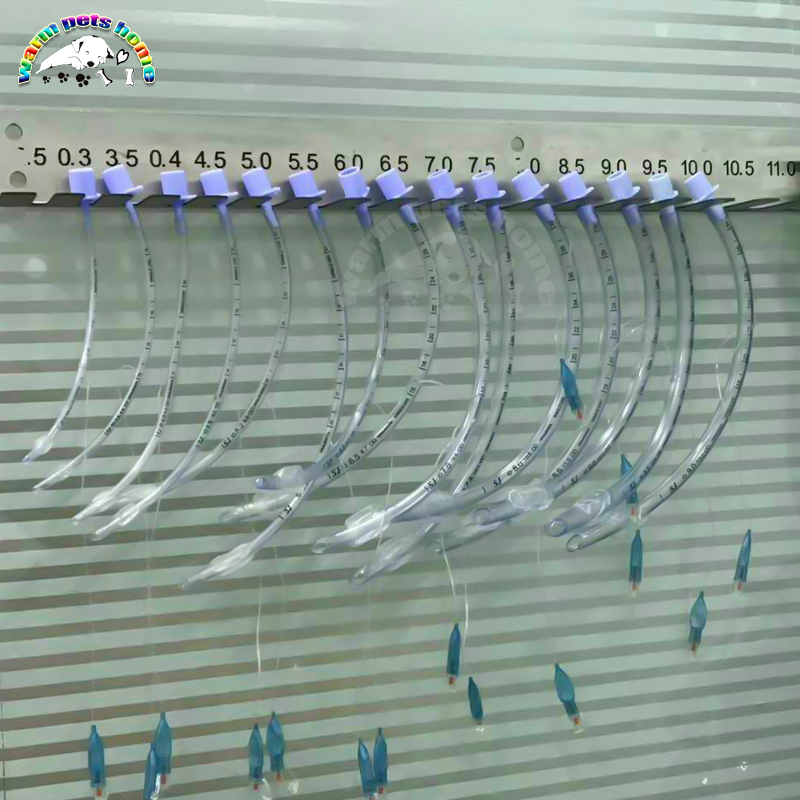
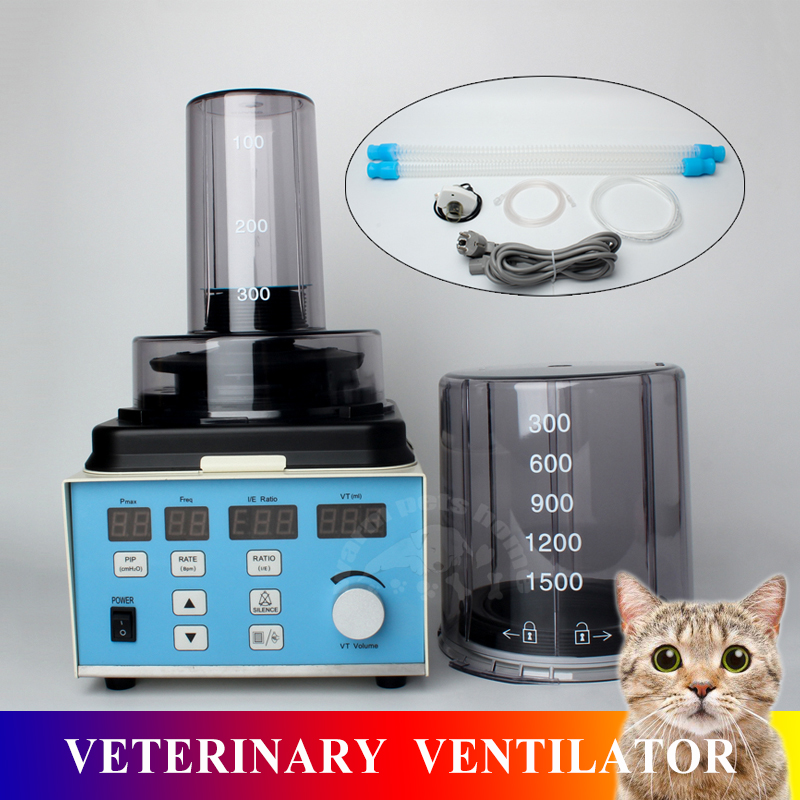
Veterinary Anesthesia Ventilator Machine High Flow Oxygen Therapy Equipment Vet Fan for Animal Hospi
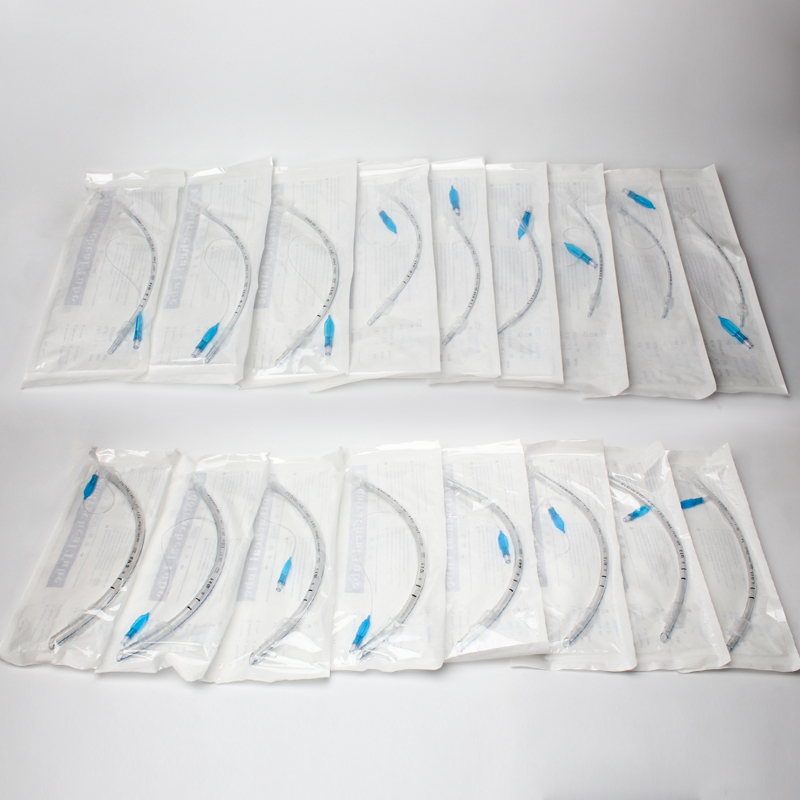
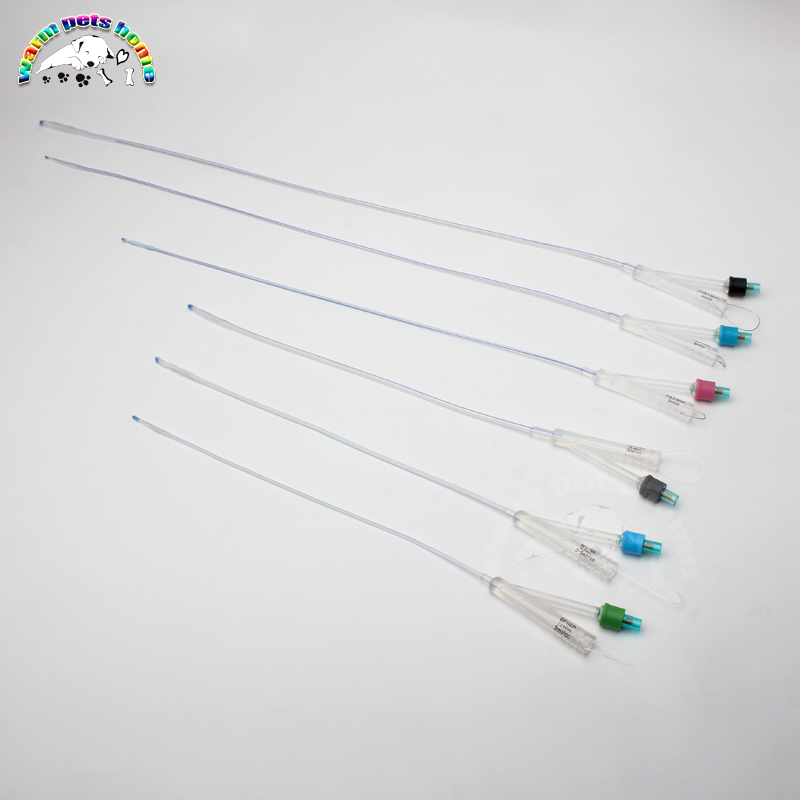
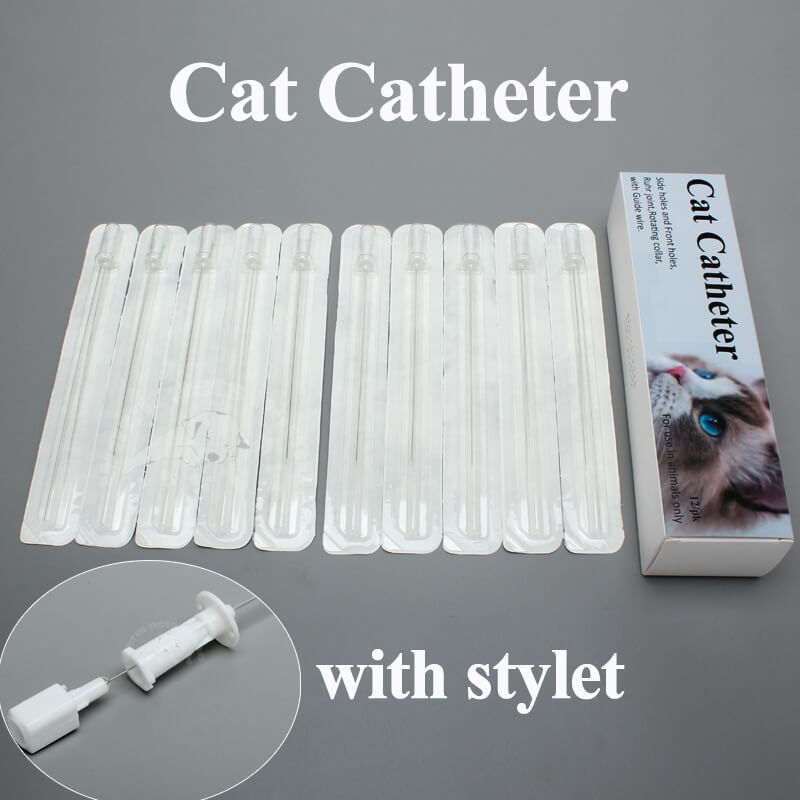
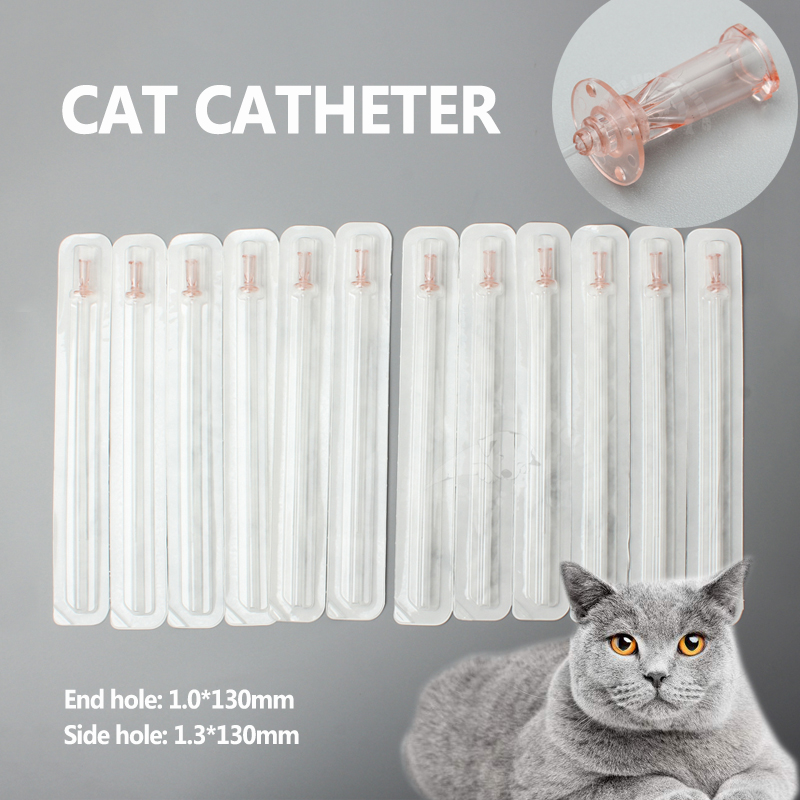 New ArrivalQuick LinksNews
New ArrivalQuick LinksNews-
10 2022-10
Materials required:*Sterile gloves*Antibacterial solution*Sterile lubricant*Foley catheter (red rubber catheter is suitable for small animals)*Sterile water (for Foley catheter balloon expansion)*Urine collection system*± Sedation*± Sterile saline irrigation, if the animal needs to push the urethral stone back to the bladderStep 1:Let the sedated animal lie on its side and expose its penis.Do not hold the base of the foreskin tightly, as it may block the urethra and prevent the catheter from entering the urethra.Step 2:Clean the urethral opening with an antibacterial solution.If Foley catheter has not been installed with catheter needle, the catheter needle should be installed in the catheter before placing the catheter. Sterile saline was injected into the catheter; This allows the catheter needle to enter with less resistance, and can be easily removed after intubation.Step 3:Lubricate the end of the catheter with sterile lubricant and insert the catheter into the urethra. Hold near the end to help the catheter enter the urethra more easily.Step 4:Observe the urine flowing out of the catheter to confirm that the catheter is in the bladder, and then use sterile water to inflate Foley's balloon.The volume of sterile water injected is marked on the side of the distal end of the catheter.Step 5:Pull the catheter toward the distal end until it is tight, making sure that the balloon is correctly placed in the bladder neck/proximal urethra.Step 6:Connect the catheter and syringe, empty the bladder and collect urine for analysis.Step 7:The catheter is connected to a sterile closed urine collection system.
-
10 2022-08
Catheterization is the most common operation method in cat urology. Improper operation will not only bring pain to the cat but also cause other infections, and even urethral injury or bladder perforation. If your cat suddenly drinks very little water and is squatting to urinate but can't urinate at all, then be careful, it may be a urinary system disease in the cat.Which cats need catheterization1. Cats with urolithiasis, especially male cats;2. Cats with urinary retention;3. Cats with bladder blockage;4. Cats with shedding of the bladder lining.






